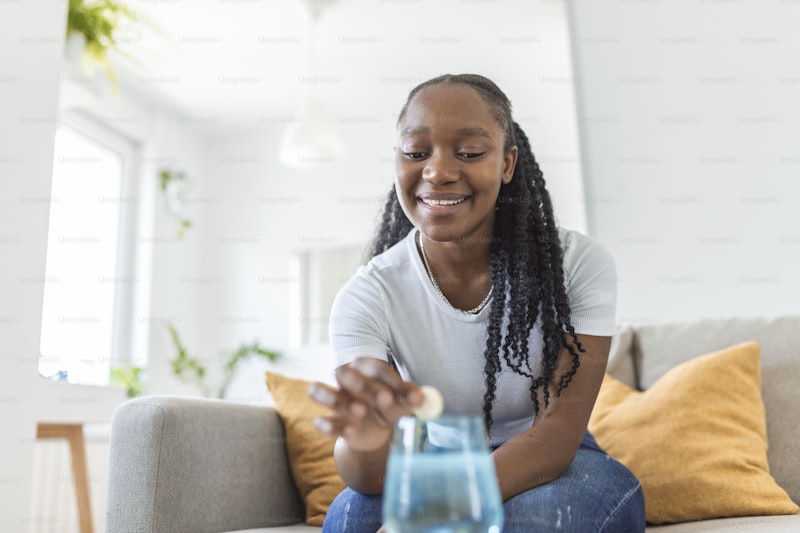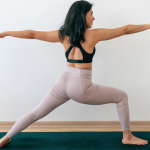This week gives us the opportunity to move from a passing acquaintance to an established relationship with yoga.
Moving From Stage Two To Three
In my last article for this series, I talked about the four stages of the yoga journey: commencement, intent endeavour, intimate knowledge and consummation. Having covered ‘starting out’ and ‘staying on the path’, we’re now onto the ‘intimate knowledge’ part of the yoga journey.
The term ‘intimate’ implies a close emotional relationship. We can know something in an indifferent, box-ticking way, but to know it intimately means it becomes almost like a part of ourselves; it is something close to our hearts. Like any loving relationship, there are ups and downs, but if it’s right, the more we know someone, the more we love them. The same is true of our relationship with yoga.
So how can we move from the early stages of our relationship, being polite and not revealing our darker side, to a full on, trusting and open partnership?
Taking It Up A Gear
A simple way to deepen your yoga practice is to attend a more challenging class. There are usually four or five different levels used in yoga:
- Introduction/ Beginners – For complete beginners these lessons will introduce you step by step to the foundation yoga poses. In these classes you will be given more time to do the poses, learn how to align your body correctly and build your confidence.
- General – For students who’ve been coming to classes regularly between six months and a couple of years. These classes build on the basic poses to introduce more challenging sequences. Work is more intensive than at the Beginners’ level and you’ll be expected to know a few of the poses by their Sanskrit names.
- Intermediate – For students with an established practice, who can maintain a stable Headstand (Śirṣāsana) and Shoulderstand (Sārvangāsana) for at least five minutes. Work will be more demanding than at General level and poses are studied in more detail.
- Advanced – Students will be expected to be familiar with the Intermediate poses. Lessons will be fast, challenging and require a certain amount of flexibility.
So, why not find a class at the next level and give it a go? Teachers won’t push you to do poses you can’t do, but it will give you an idea of what to aim for.
I well remember my first Intermediate class. I went through the full gamut of emotions, feeling intimidated, challenged, and by the end, totally exhausted. It was like I’d been through a yoga mangle, but I also discovered that I could do poses that I hadn’t thought myself capable of — simply because I was in an environment where everyone else was just doing it.
Start A Home Practice
“Practice makes perfect,” goes the saying, and it’s true. The only way to really advance your yoga is to take responsibility for it and start getting your mat out at home. But where do you start? In classes, your teacher often provides you with props, guides you, shows you how to do the poses first and has a lesson plan.
Now while you don’t need every prop known to man, it’s worth investing in a few basics if you haven’t already. A good sticky mat, a couple of blocks and maybe some bricks and a belt — it’s not an expensive kit, and often you can pick up bargains in shops like T.K. Maxx or Sports Direct. Then, if possible, set up a designated practice space. Move furniture around so that there’s a clear space without having to wade through clutter to get to it.
It can help if you decide on a particular time of day to practice, maybe getting up twenty minutes to half an hour earlier to fit it in before work. You can also invest in a good yoga book with some clear photos to guide you, or ask your teacher for some sequences. This will give you an idea of where to start.
Finally, don’t beat yourself up if you don’t immediately stick to an hour’s daily practice. Start small and stick to it, and then you can gradually increase the number of times you practice at home a week. After a few weeks or months, you’ll start to notice the difference in class, and all the effort will be worth it!
Do Some Reading
Yoga is an ancient subject. It’s not necessary to know the full story when you first start out, but as you progress, it’s worth doing some personal research. As we discuss elsewhere on the site, yoga isn’t just the physical poses we practice. You could start your research by looking through a few columns on Zen Monkey about the Eight Limbs of Yoga, the Yamas and Niyamas or if you’re more free and easy, you can look through the archives.
If you’re more interested in holding a physical book, a good translation of Patañjali’s Yoga Sutras is a good start. Other good reads include B.K.S Iyengar’s Light on Yoga or one of the yoga anatomy books by Ray Long or Leslie Kaminoff. If you’re in London Foyles usually has a great section of yoga books to look through and find something you fancy.
Understanding that the poses we practice not only help us improve our physical being, but are also part of a greater personal journey, is an often overlooked step in the yoga process. Through this, we start to take the practice off our mat and into our daily lives, thereby deepening that relationship.
And Breathe…
Prāṇāyāma is the next stage in the yogic journey and because it’s about controlling the vital breath of life, it’s not one to start practising until you’ve established your yoga practice. We often take breathing for granted: in, out, in, out — the autonomic nervous system keeps us suffused with life-giving oxygen. We can be very lazy with our breathing, using only a fraction of the lungs to take in air.
Breathing with awareness strengthens the lungs, soothes the nervous system and can help to reduce cravings and addiction. It increases the amount of oxygen we take into our bodies, which in turn rejuvenates and purifies the blood stream and leads to increased wellness. It is also a meditative practice that allows the mind freedom from the shackles of daily life and to move towards a deeper relationship with oneself.
From Student To Teacher
A sure fire way to immediately deepen your yoga practice is to consider training to become a yoga teacher. This is not a decision to be entered into unadvisedly or lightly, to borrow a phrase from the wedding service. It took me a year to take the plunge after the seed of suggestion had been planted in my mind by my teacher.
Think whether it’s something that you have the time and energy to commit to, weigh up the financial and emotional costs — it’s not worth going into it on a whim, as it really does take over your life once you start the training.
But, by taking on the responsibility of passing yoga onto others, it really is a sure fire way to turn your love affair with yoga into an established relationship. Let us know if you’ve got any other ways that have led you to deepen your yoga practice – we’d love to hear from you!













